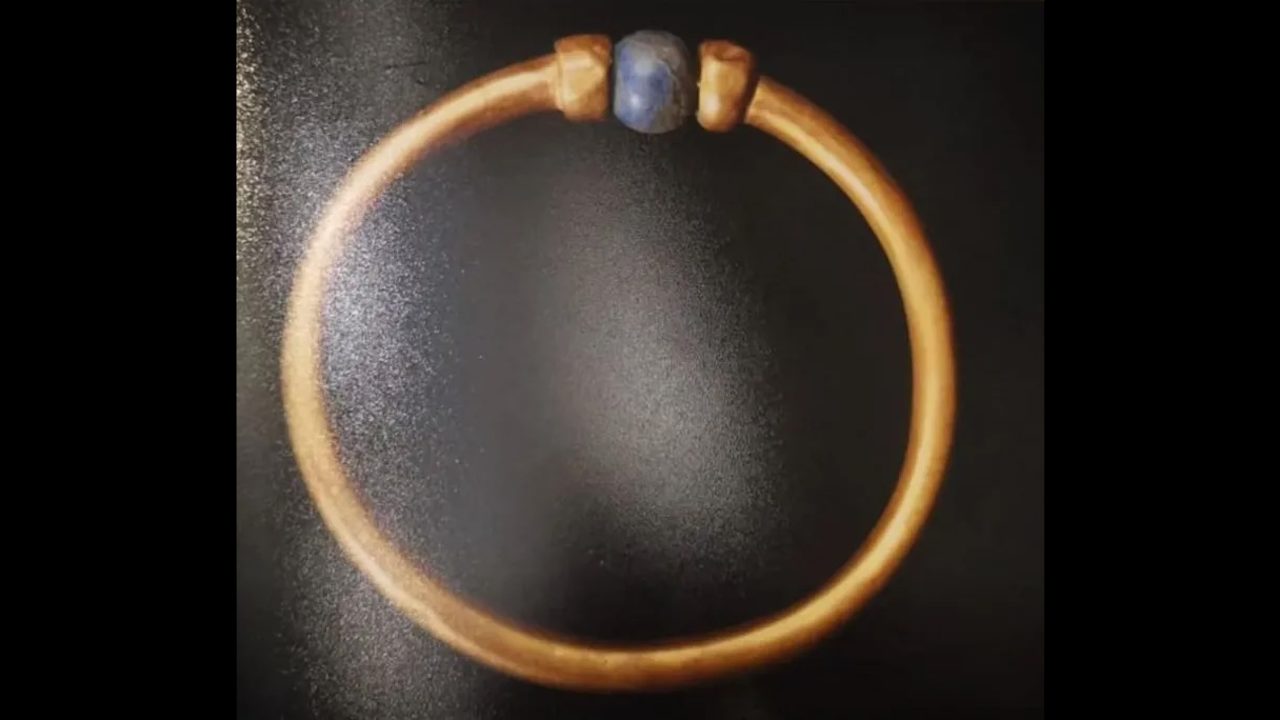(Mike Maharrey, Money Metals News Service) Some people have no appreciation for history. But pretty much everybody has an appreciation for gold.
This explains why thieves stole a priceless Egyptian artifact and ultimately had it melted down.
Police arrested an employee of the Egyptian Museum in Cairo, along with three accomplices, and charged them in connection with the theft of a gold bracelet that belonged to Pharaoh Amenemope, who ruled Egypt around 1,000 BC.
Police say a museum restoration specialist lifted the bracelet from a safe. He sold it to a silver trader, who passed it on to a jewelry worker in Cairo’s historic jewelry district. The workshop owner sold the bracelet to a gold smelter who melted it down and cast it with other items.
According to police, the thief earned 190,000 Egyptian pounds selling the bracelet, equal to about $4,000.
Yup. Just $4,000 for a priceless bracelet.
It kind of sounds like the rip-off artist got ripped off. But when you think more deeply about the situation, he made the right move.
Mind you, I’m not saying that stealing ancient artifacts is the right move. But if you’re going to pilfer Egyptian antiquities (don’t), this particular thief played it about as well as you can.
Well, other than getting caught.
The bracelet was a simple gold band with a lapis lazuli bead in the center. While it wasn’t fancy, the bracelet had deep religious significance to the ancient Egyptians. They believed gold represented the “flesh of the gods.” The lapis lazuli bead symbolized the god’s hair.
An Egyptologist told the Smithsonian Magazine that the bracelet was “not the most beautiful.”
“But scientifically, it’s one of the most interesting.”
Ancient Egyptians also associated gold with eternity and incorruptibility. That’s why it was used extensively in burials.
Interestingly, the Egyptians didn’t use denominated gold coinage. They typically relied on barter using commodities. Grain, especially barley, served as a primary means of exchange. But metals did play a role in the economy as a measure of value.
The ancient Egyptians employed a weight system called the “deben” as a unit of account. IN the New Kingdom, 1 deben equaled about 91 grams. For example, a tool might cost 1/4 deben of gold.
Instead of coins, metal ingots, rings, or pieces of metal were weighed out during transactions.
Gold served as an essential commodity in trade and diplomacy. Pharaohs sent gold as tribute and diplomatic gifts to other kings of other powerful nations, including the Mesopotamians and Hittites.
So, why did our intrepid thief sell a bracelet that was worth millions for $4,000? And why did the buyer melt it down?
Well, think about it. It was almost certain they would get caught if they tried to sell a priceless, stolen Egyptian artifact on the open market. Also, stealing an artifact with the intent to smuggle is punishable by life in prison under Egyptian law.
However, once it’s melted, gold is gold. And gold has value in and of itself. You can sell it virtually anywhere in the world. So, they went for the easy money.
I couldn’t find any information on the weight of the bracelet, but assuming it was a little over a troy ounce of pure gold, our thief basically got the value of the metal based on the current price. So, the return on his effort was pretty good, despite leaving the bracelet’s historical value on the table.
Of course, he’s also going to get jail. So, I guess the return on his effort wasn’t so great.
Photo courtesy of the Egyptian Ministry of Tourism and Antiquities
Mike Maharrey is a journalist and market analyst for Money Metals with over a decade of experience in precious metals. He holds a BS in accounting from the University of Kentucky and a BA in journalism from the University of South Florida.

